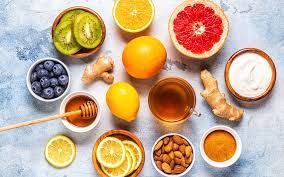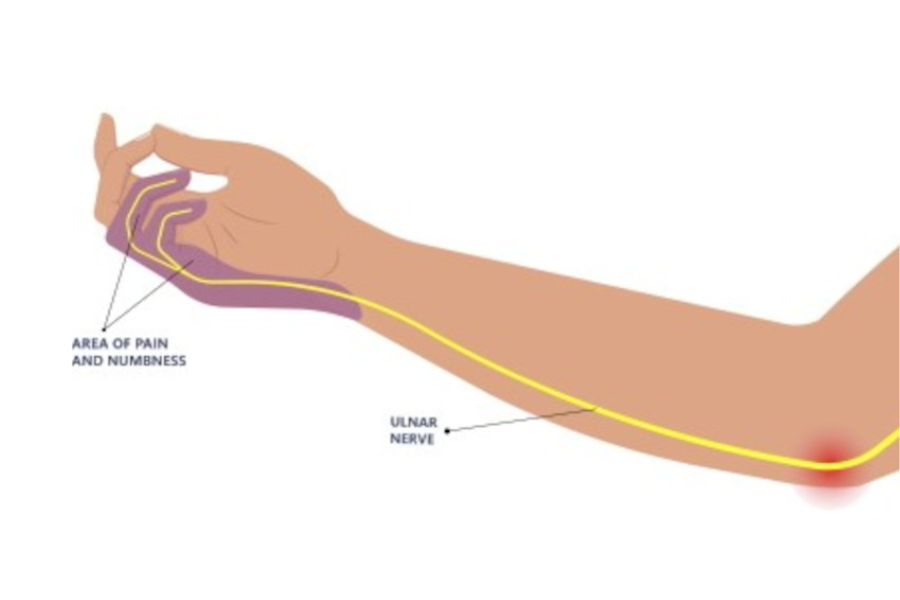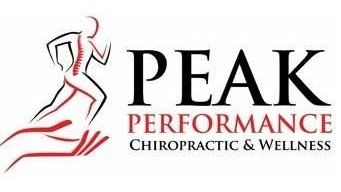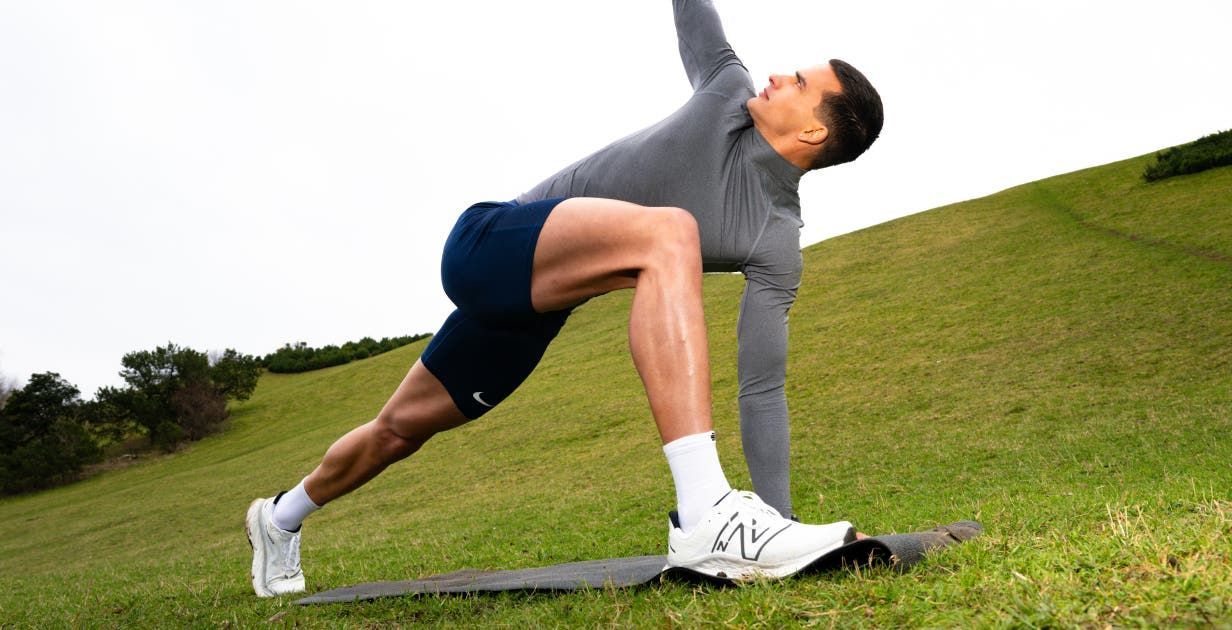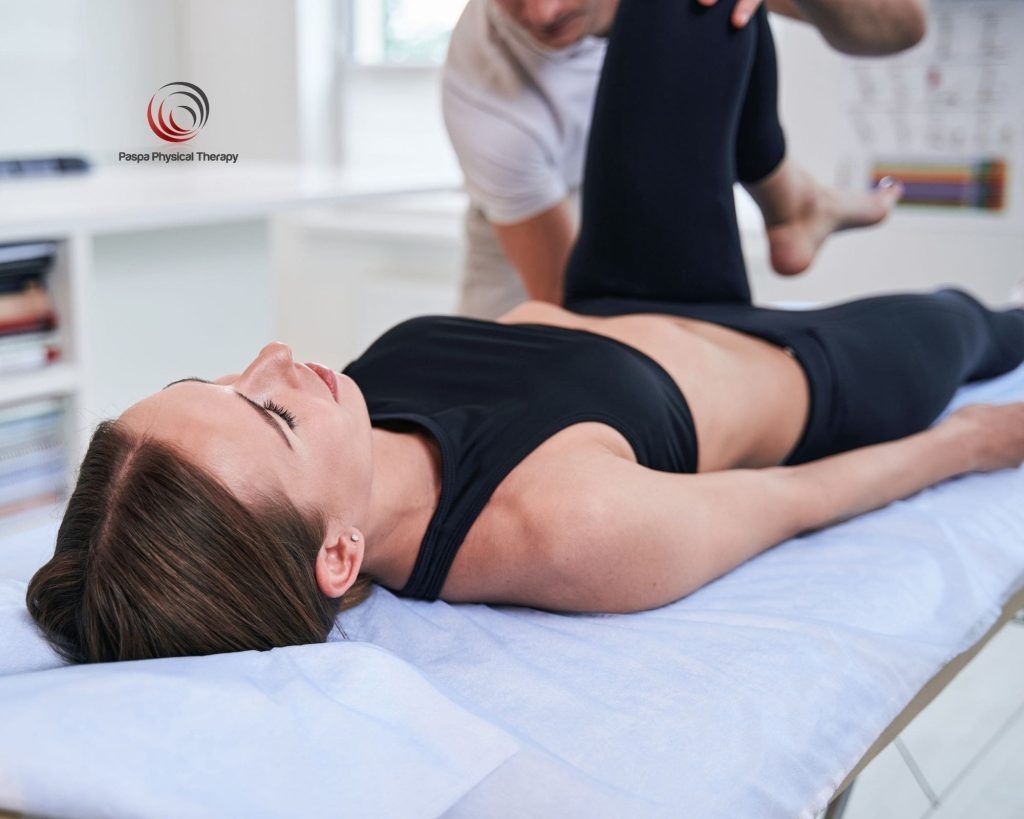Seasonal Wellness: Preparing Your Body for Summer Sports
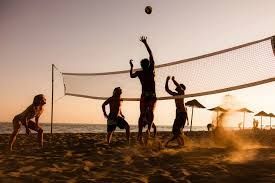
As temperatures rise and the days grow longer, summer sports enthusiasts take to the fields, courts, and waters to enjoy their favorite activities. Whether you’re playing soccer, swimming, cycling, or engaging in outdoor workouts, preparing your body for the unique physical demands of summer sports is crucial for performance and injury prevention. A targeted approach to conditioning, hydration, and recovery can help you stay active and injury-free throughout the season.
The Physical Demands of Summer Sports
Summer sports often involve high-intensity movement, endurance, and exposure to environmental factors like heat and humidity. Common physical challenges include:
- Cardiovascular Endurance: Many summer activities, such as running, cycling, and swimming, require sustained energy and stamina.
- Agility and Speed: Sports like soccer, tennis, and basketball demand quick movements and rapid directional changes.
- Strength and Power: Activities like beach volleyball and wakeboarding require muscular strength to generate force and maintain control.
- Heat Adaptation: Exercising in hot weather adds stress to the body, increasing the risk of dehydration and heat exhaustion.
Understanding these factors helps you tailor your training and recovery strategies to maximize performance and safety.
Pre-Season Conditioning: Building Strength and Endurance
To prepare your body for the demands of summer sports, focus on a well-rounded training program that includes:
1. Cardiovascular Training
Boosting your endurance ensures that you can sustain activity over extended periods. Consider:
- Interval Training: Alternating between high-intensity bursts and low-intensity recovery improves stamina.
- Cross-Training: Mixing activities like cycling, swimming, and running helps build overall cardiovascular fitness while preventing overuse injuries.
- Heat Acclimatization: Gradually increasing outdoor workout time allows your body to adapt to higher temperatures.
2. Strength Training
Strengthening muscles reduces the risk of injury and enhances performance. Key areas to target include:
- Lower Body: Squats, lunges, and calf raises improve power and stability.
- Core Strength: Planks, Russian twists, and medicine ball exercises enhance balance and coordination.
- Upper Body: Push-ups, pull-ups, and shoulder presses support sports that require upper-body endurance, such as swimming and tennis.
3. Flexibility and Mobility Work
Flexibility and mobility exercises help prevent muscle tightness and improve range of motion. Incorporate:
- Dynamic Stretching: Before activity, perform movements like leg swings and arm circles to warm up muscles.
- Static Stretching: After workouts, hold stretches for 20-30 seconds to release tension and improve flexibility.
- Foam Rolling: Helps reduce muscle tightness and improve circulation.
4. Sport-Specific Drills
Practicing movements specific to your sport enhances performance and reduces the likelihood of injury. Examples include:
- Lateral drills for soccer and basketball
- Plyometric exercises for explosive movements in tennis and volleyball
- Stroke drills for swimming efficiency
Preventing Common Summer Sports Injuries
Increased activity levels and warm weather conditions raise the risk of sports-related injuries, including:
- Muscle Strains: Overuse or inadequate warm-ups can lead to strains in the hamstrings, quadriceps, or shoulders.
- Heat-Related Illnesses: Dehydration and prolonged sun exposure can cause heat exhaustion or heat stroke.
- Joint Injuries: High-impact activities may result in knee, ankle, or wrist injuries.
- Sunburn and Skin Damage: Outdoor sports increase exposure to harmful UV rays, leading to burns and long-term skin damage.
Injury Prevention Strategies:
- Hydrate Adequately: Drink water throughout the day and replenish electrolytes lost through sweat.
- Wear Proper Gear: Choose footwear and protective equipment suited to your sport.
- Apply Sunscreen: Use a broad-spectrum sunscreen with SPF 30 or higher.
- Listen to Your Body: Rest when needed to avoid overtraining and fatigue.
Recovery and Post-Activity Care
Recovery and Post-Activity Care
A proper recovery routine ensures that your muscles heal and your energy levels stay optimal. Key components of recovery include:
1. Active Recovery
Engaging in light activity, such as walking, yoga, or swimming, promotes circulation and reduces muscle soreness.
2. Nutrition for Recovery
Eating nutrient-dense foods helps replenish energy stores and repair muscles. Focus on:
- Protein: Supports muscle repair and growth (e.g., lean meats, fish, tofu, eggs).
- Carbohydrates: Restore glycogen levels for sustained energy (e.g., whole grains, fruits, vegetables).
- Healthy Fats: Reduce inflammation and support recovery (e.g., avocados, nuts, olive oil).
3. Chiropractic and Massage Therapy
Chiropractic adjustments help maintain spinal alignment and joint mobility, reducing strain and enhancing performance. Sports massage aids muscle relaxation and reduces the risk of overuse injuries.
4. Sleep and Rest
Final Thoughts
Summer sports provide an exciting way to stay active, but proper preparation is key to preventing injuries and maximizing enjoyment. By focusing on pre-season conditioning, adopting injury prevention strategies, and prioritizing recovery, you can perform at your best all summer long.
If you’re looking to enhance your athletic performance and prevent injuries, schedule a visit with Peak Performance Chiropractic. Our team can help with mobility, strength, and injury prevention strategies tailored to your summer sports activities.
Bethany Wolcott
D’Youville Chiropractic ‘26




